Review / Looks like a supercar, but at half the price: meet the Lotus Emira – Geely’s British brand releases its last gas-powered sports model before going electric, and it will only set you back US$105,000
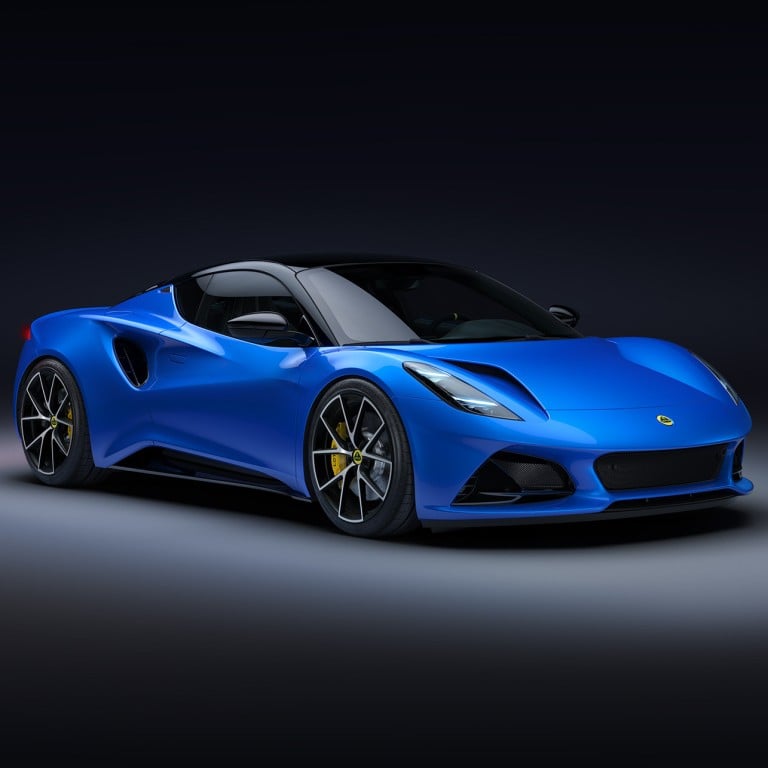
Lotus recently started deliveries of the Eletre, an electric SUV that is all the rage in China, where parent company Geely is transitioning the British brand to go all electric.
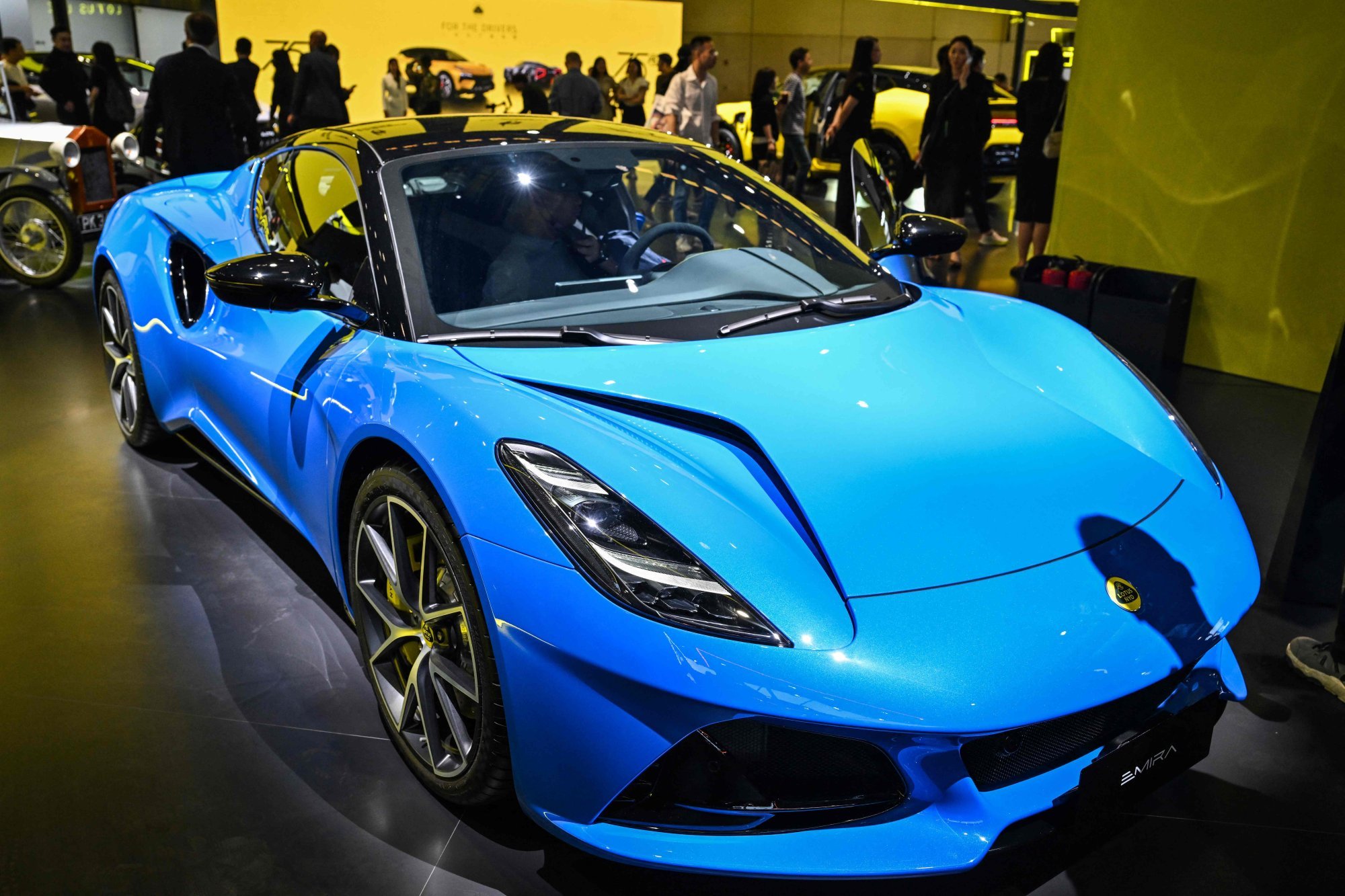
“Electric-shmelectric,” I think as I downshift and lean in, dancing my way toward Laurel Canyon Boulevard. The Emira (e-meer-uh) is the last gas-powered model Lotus will ever make. It’s a must-drive for anyone who loves the old-world totems of stick shifting and internal combustion.
With scalpel-precise handling and a supercar body style that looks far more expensive than its US$105,000 price tag, the Emira delivers a poignant farewell performance.
Inside Kim Kardashian’s impressive luxury car collection, shown in new pics
The Lotus Emira: a sports car in supercar clothing
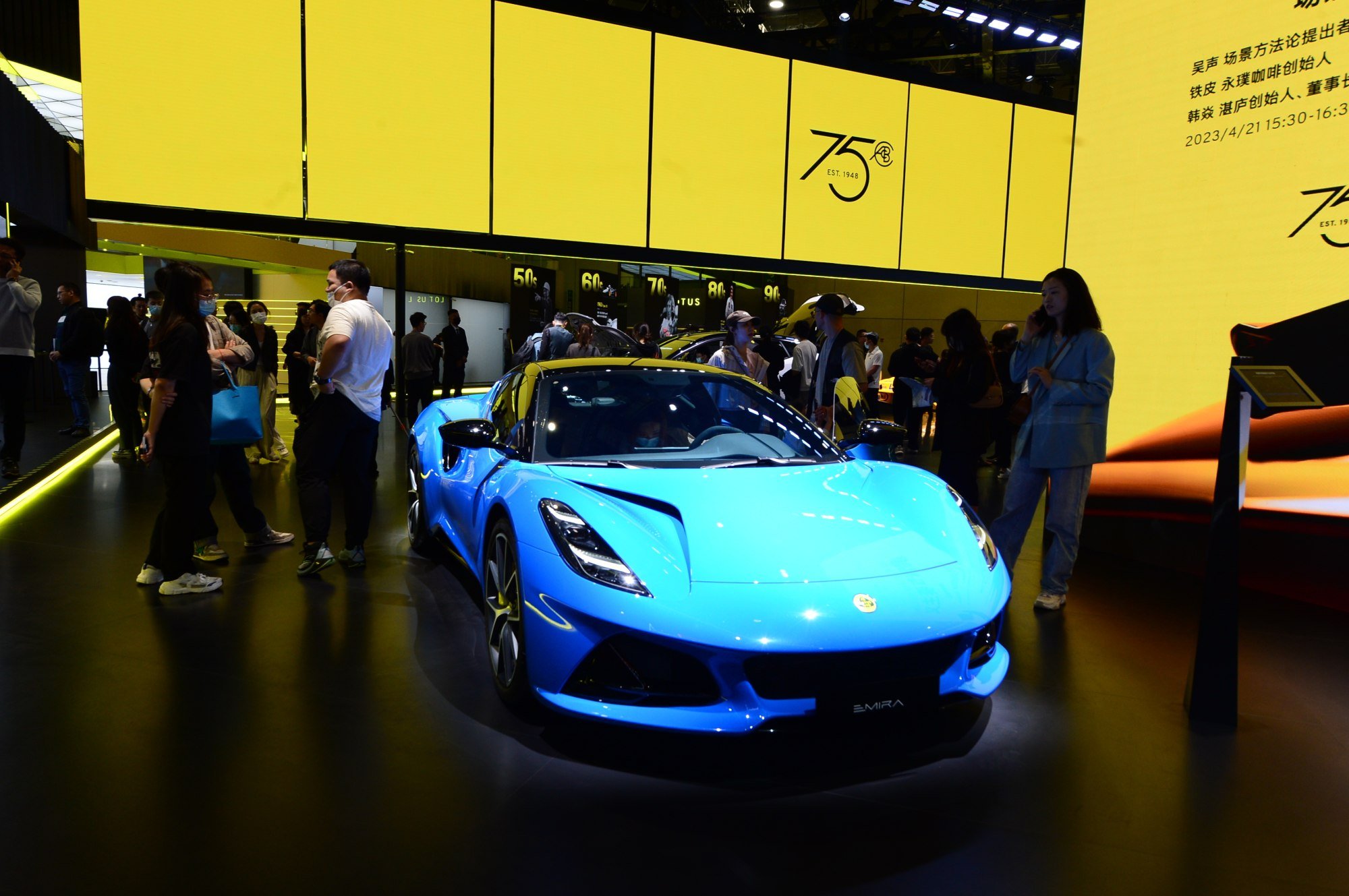
The last modern Lotus I drove was the Evora GT, in 2019. (Lotus has a patchy history selling – and not selling – cars in the US.) The Evora’s successor offers significant improvements over what I called the best, affordable British car I drove that year.
Foremost among the Emira’s upgrades are supermodel good looks. Where the Evora GT looks like a toy cut from the same cloth as such sub-US$70,000 sports cars as the Toyota Supra and Alfa Romeo 4C, the Emira is for adults. It looks as if it came from a fashion shoot: front-wheel arches curve up into a naughty grin, and a seductive darkened glass roofline down the back partially obscures the 400-horsepower engine underneath it.
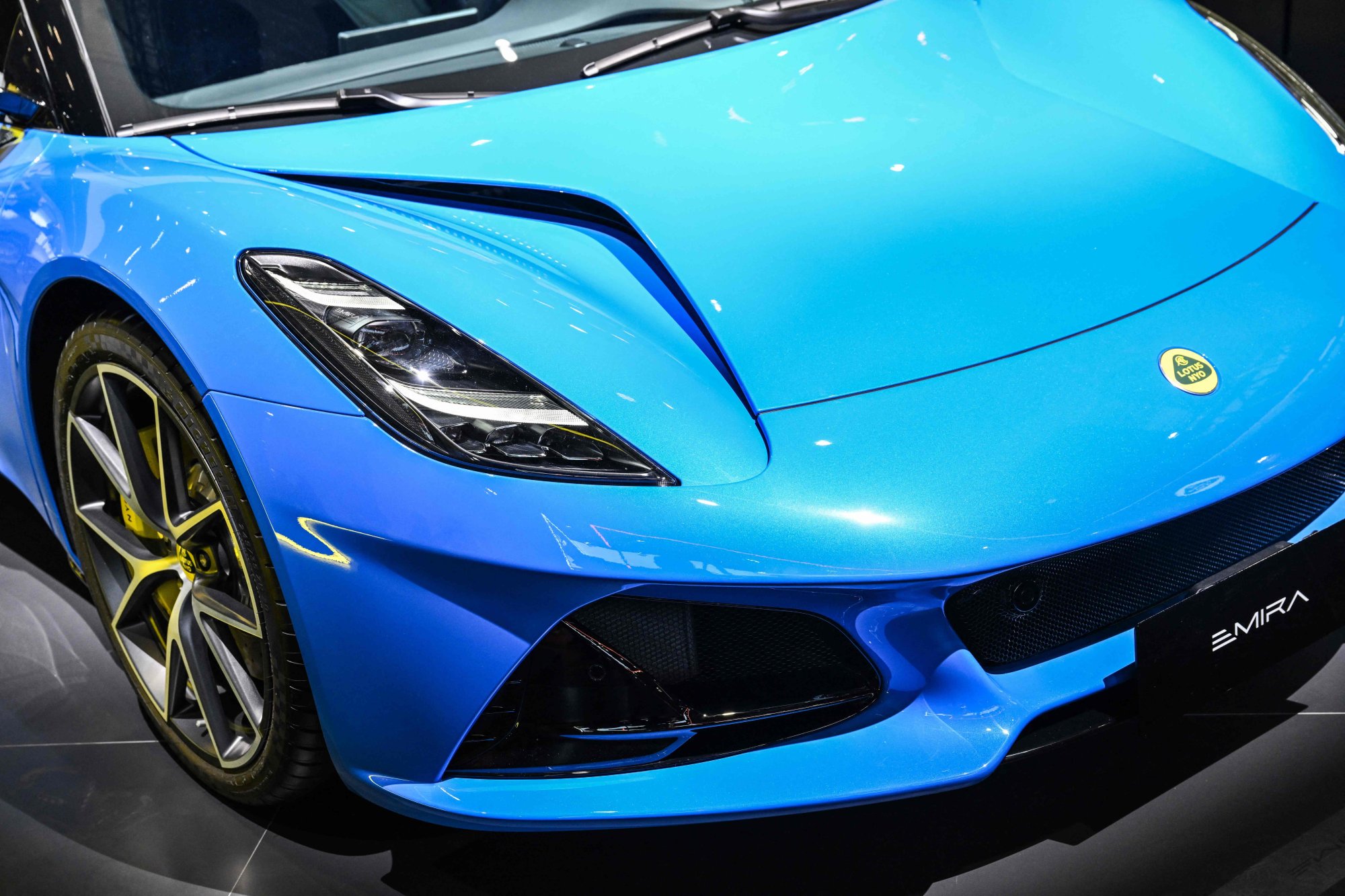
Inside Starlux Airlines’ new ‘luxury’ flight from Taipei to Los Angeles
But a trained eye will see that the Emira is much more diminutive than they are. It’s multiple inches narrower and shorter (overall and in the wheelbase) than the Ferrari Roma and McLaren Artura. Its three-pedal footbox is so small it had me second-guessing my shoe choice; the heel of my flat rubber boot catches on the floor a few times when shifting among six speeds. It suggests the confined pedal space of a 1970s-era Ferrari, summoning a simpler time when it would have been unthinkable to drink coffee in your sports car, or to wear bulky shoes to drive.
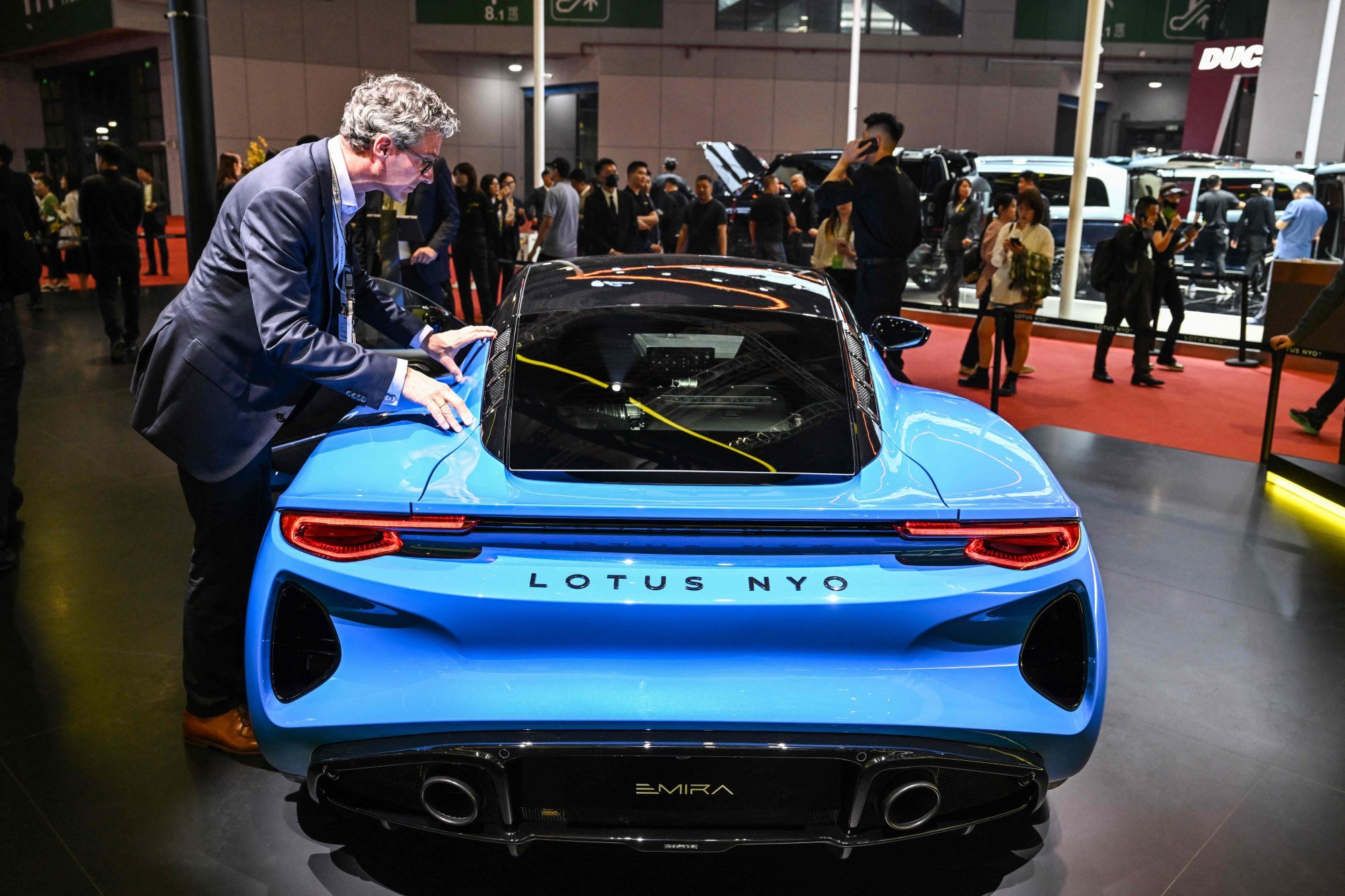
The man who drops off the loaner Emira looks about as tall as my 200cm (6ft 7 inch) brother, so I ask how he feels about the interior space. It has plenty of headroom and shoulder room, he says, and I agree, but he adds that it’s tight for feet in all but his slimmest Converse. The lesson: if you’ve got big trotters, wear your narrowest footwear to dance on the pedals in the Emira.
How does it drive?

That said, the Emira shifts so nicely I’m practically doing a rumba up there on Mulholland, with streets fresh from May rains and patchy clouds parting to provide a backdrop as dramatic as any ballroom could. The light clutch and short gears keen delightfully to the curves leading down into Laurel Canyon. I tap the brakes and feel their hair-trigger response as I descend into the Valley far below.
Inside G-Dragon’s OTT car collection, from his Rolls-Royces to Lamborghinis
Do I hate the asthmatic sound of the engine, which – as one friend puts it – sounds like a mouse blowing through a straw? Yes, yes I do. But I’m in a good mood, so I focus on the good things about the car: impeccable balance, the insane grip around tight turns, the eager thrust in low gears and a happy willingness to sprint.
This is the latter part of my drive, the good part I’ve saved for last.
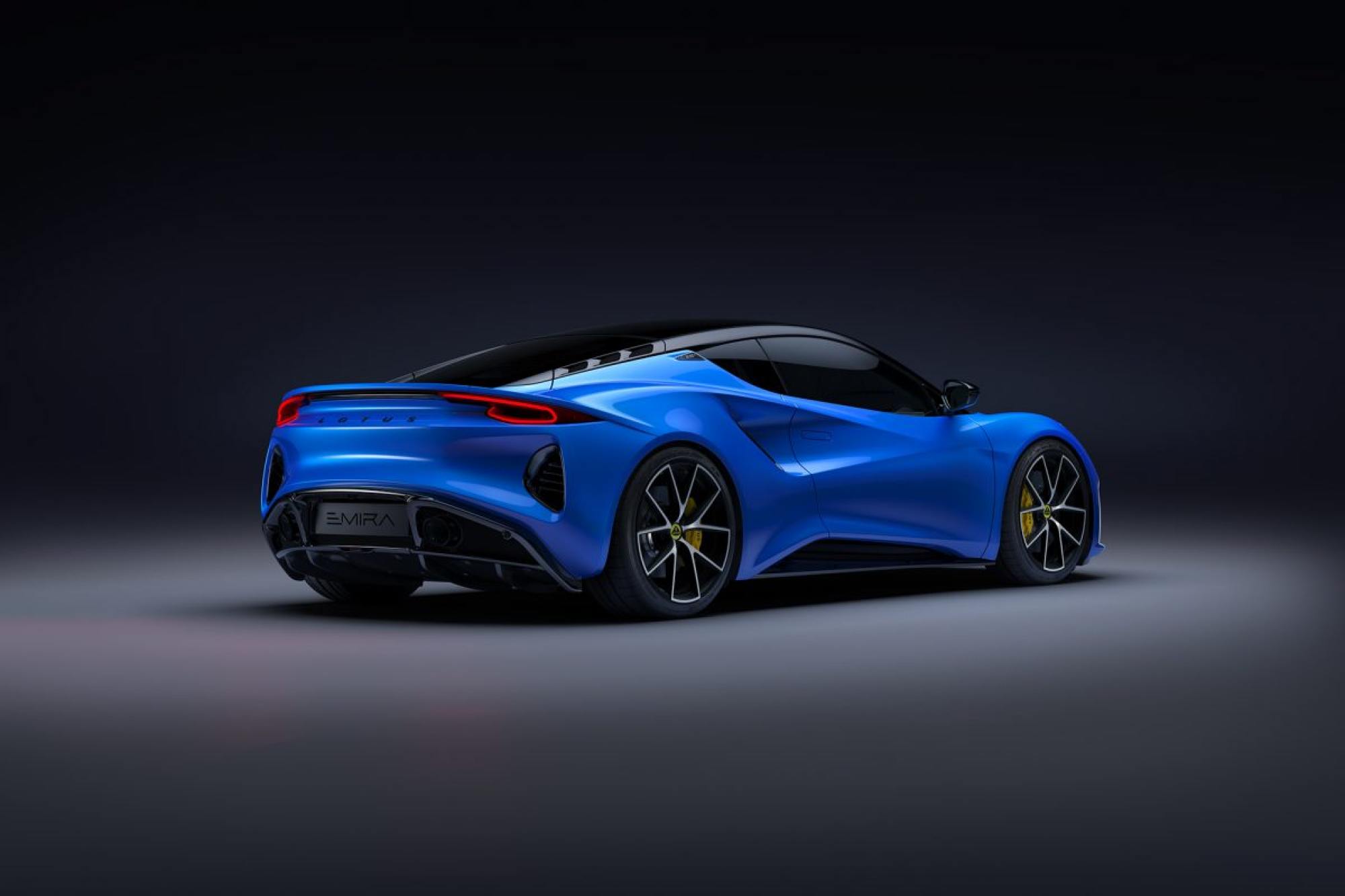
At the start of my 24-hour loan, I’ve taken it slow, wanting to get a feel for how Emira would do in the chaotic environment of city streets. I drive deep into Hollywood’s theatre district, past Santa Monica’s beauty salons and springtime buzz cuts and through Century City’s towers of talent agents fretting over the writer’s strike.
I park it in the big lot next to Gigi’s restaurant near Melrose. I’ve expected that a car of this aesthetic would need a front lift in order to navigate the potholes and ruptures that define LA’s streets, but as it turns out, it has enough clearance to go without. A further pleasant surprise is a chassis forgiving enough that – unlike in some other sports cars – my back and hips aren’t bone-rattled by every bump.

Even in slow-moving traffic, that gearbox is a joy – the best part of the car. For me, driving a car with a manual transmission is like taking a fitness class: I like it only when it’s by choice. So I’m happy that even in heavy commuter congestion, it proves smooth and engaging to operate. (Lotus does the gearing internally for the Emira; a company called Aisin supplies the gearbox. A six-speed automatic transmission is also available.)
I could have done without the tacky brushed-aluminium round knob atop the shifter. Nor am I going to praise Lotus for adding two cupholders here; when laden with lattes, their location in the centre console directly below the shifter got in the way of my right elbow as I shifted. Also, the red latch covering the start button on the Emira is superfluous. The Lamborghinis known for such props get a pass because the latch would be in keeping with their jet cockpit-style cabins. In a Lotus, it just feels campy. (I like camp, but I don’t think John Waters would approve.)
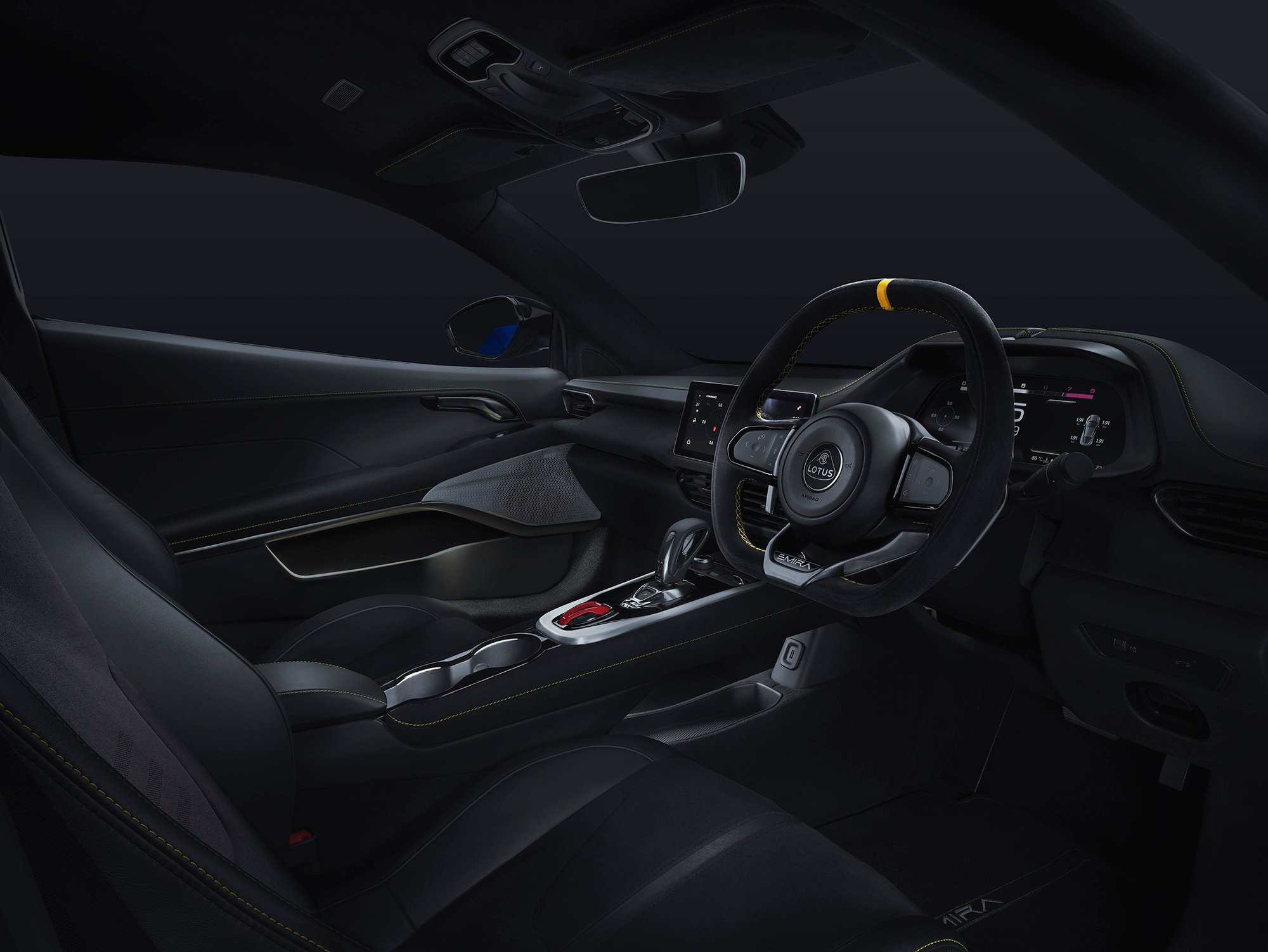
The interior of the Emira in general is much improved over its predecessor’s cabin, which felt rather ‘97. Still, it’s a mixed bag.
Now we have standard heated seats wrapped in soft Alcantara and a 10.25-inch touch screen placed horizontally across the dashboard. Bluetooth, Apple CarPlay and climate controls are intuitively used, as are the helpful rear-parking sensors, which compensate for the fact that there’s virtually no visibility behind my shoulder when I crank around to pull out of a car park after dinner. (No rear seat or significant storage ledge for doggy bags in the back, either.)
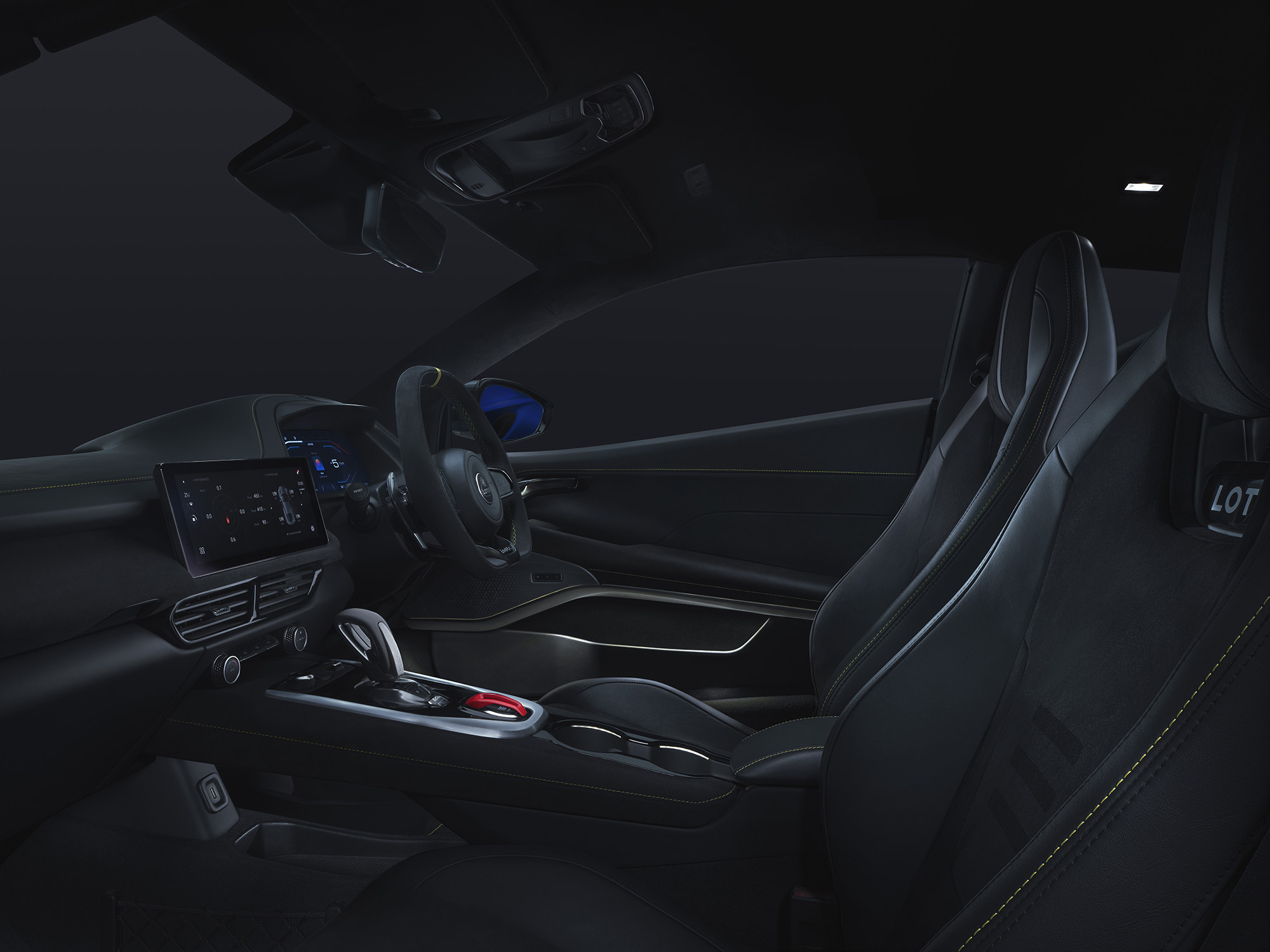
But let’s get back to the spirited driving. That’s where you have a real chance of falling in love with this everyday sports car. Top speed in the Emira is 290km/h (180mph), and it can go to 96km/h (60mph) in 4.2 seconds. Both beat its closest competitor, an entry-level Porsche 718 Cayman, which has a top speed of 273km/h (170mph top speed) and can go to 96km/h (60mph) in 4.9 seconds.
How restomods spiff up your classic luxury car with a personal touch
The Emira looks more stunning than that gutsy lizard, too, although the Porsche brand dominates if you seek a reputation for reliability and status. A lack of respect and trust from consumers is the biggest challenge Lotus faces with any of its products.
At the moment, I’m not thinking about that. As I pass Nichols Canyon, I turn up the radio and settle in for a cruise. The Emira may constitute a swan song for internal combustion engines at Lotus, but I find myself singing along to almost every note.

- Lotus just released its last gas-powered model: the 2024 Lotus Emira, which comes with a supercharged V6, 400-horsepower engine – and ‘supermodel’ good looks
- The car is narrower and shorter than the Ferrari Roma and McLaren Artura, but it still beats an entry-level Porsche 718 Cayman with its top speed measuring an impressive 290km/h